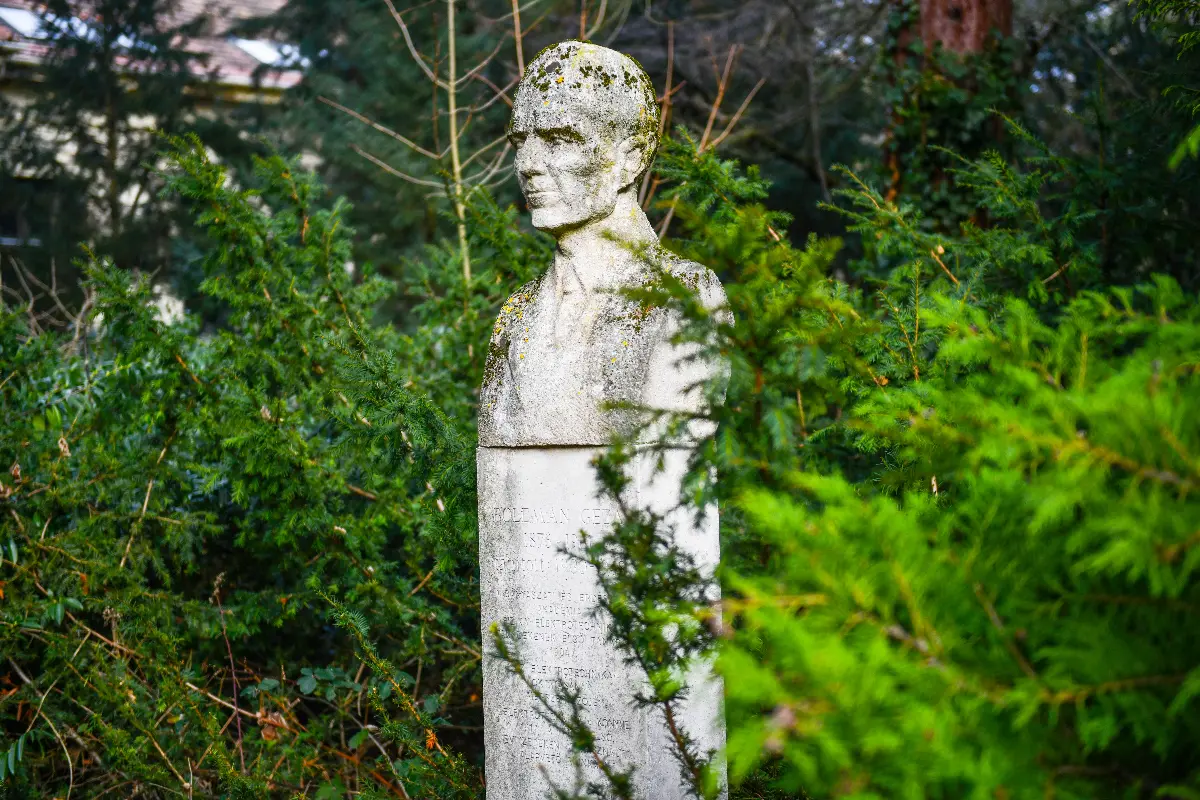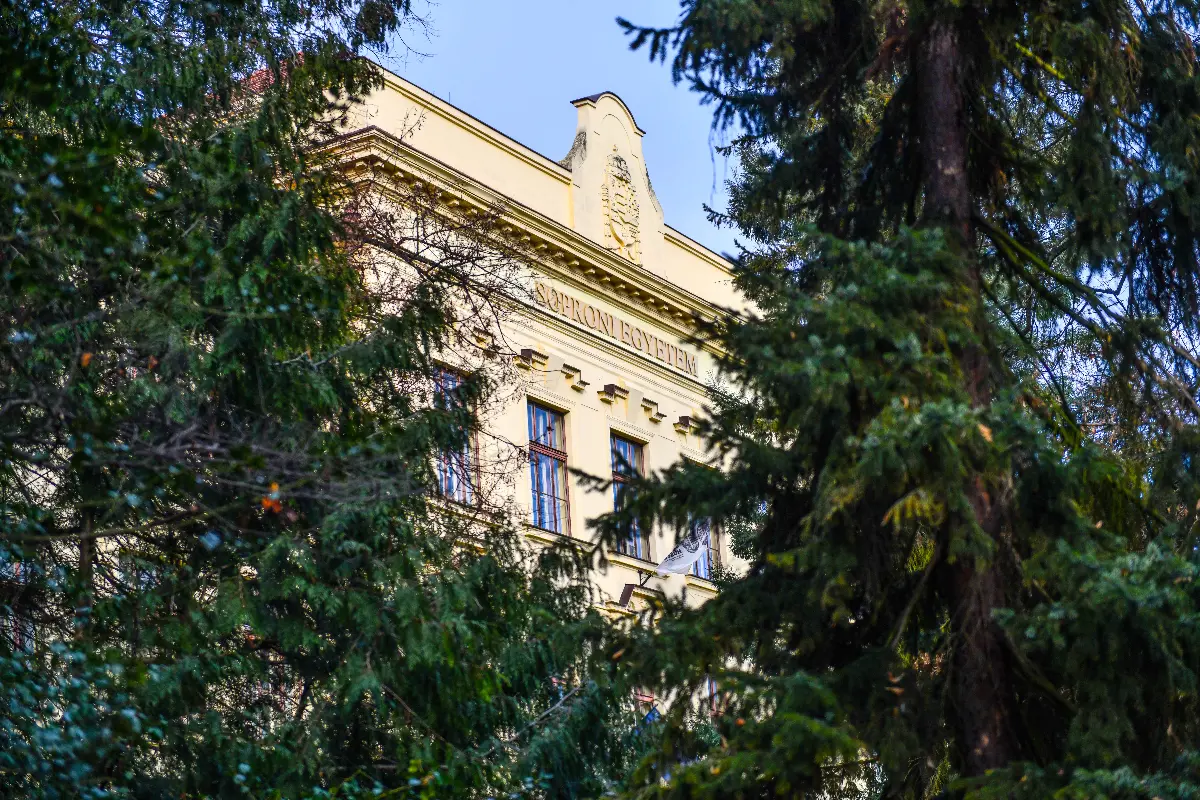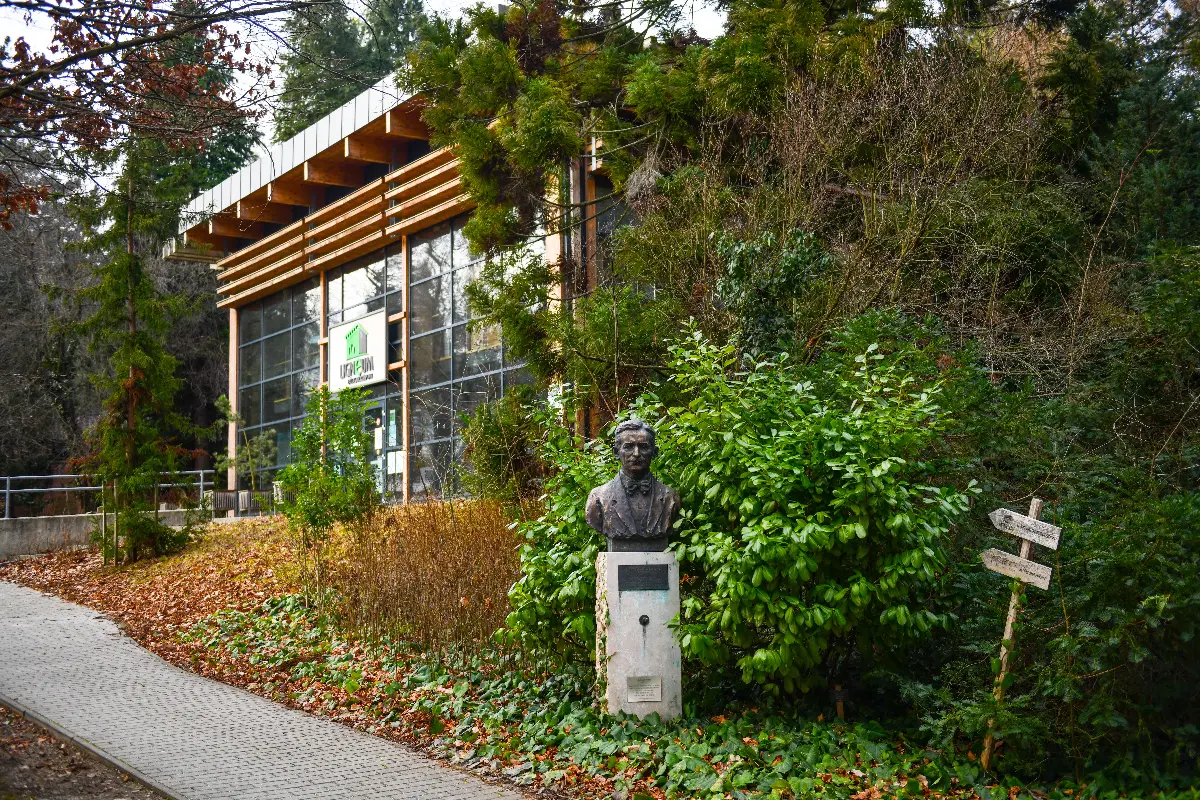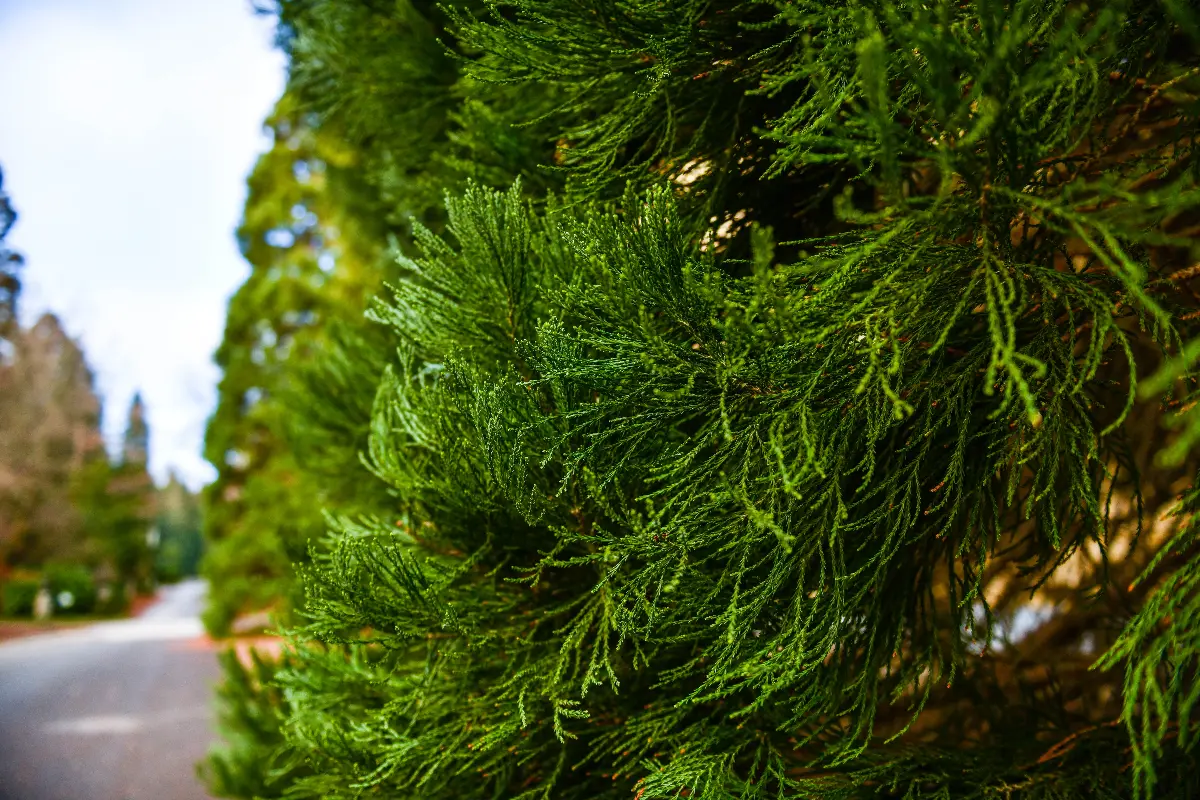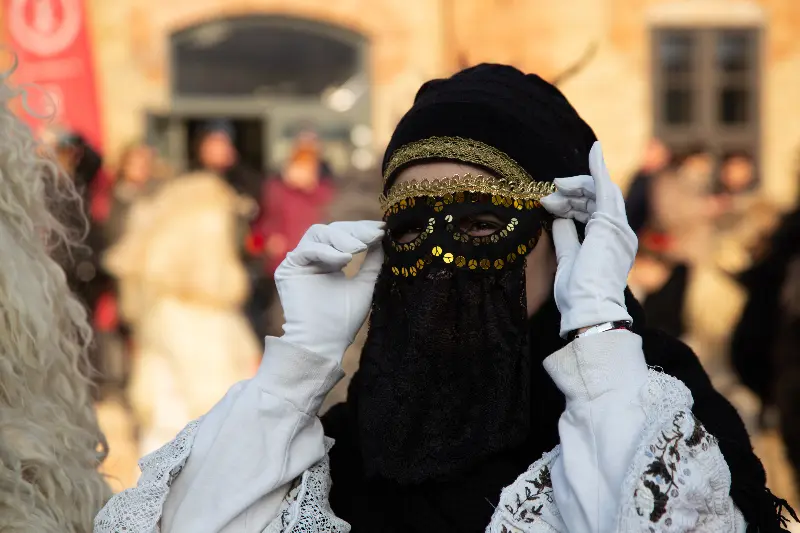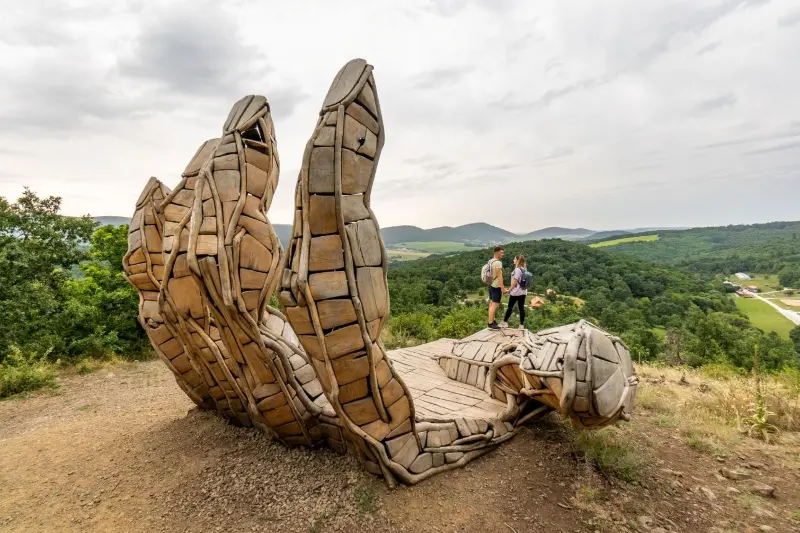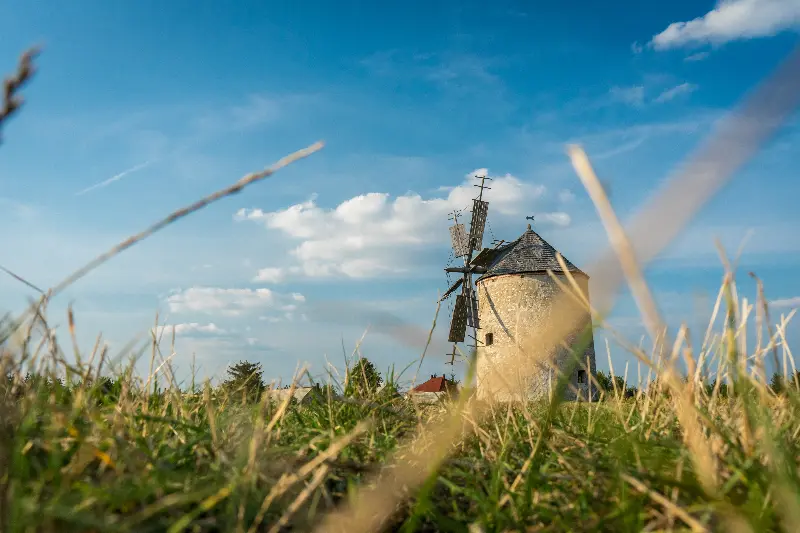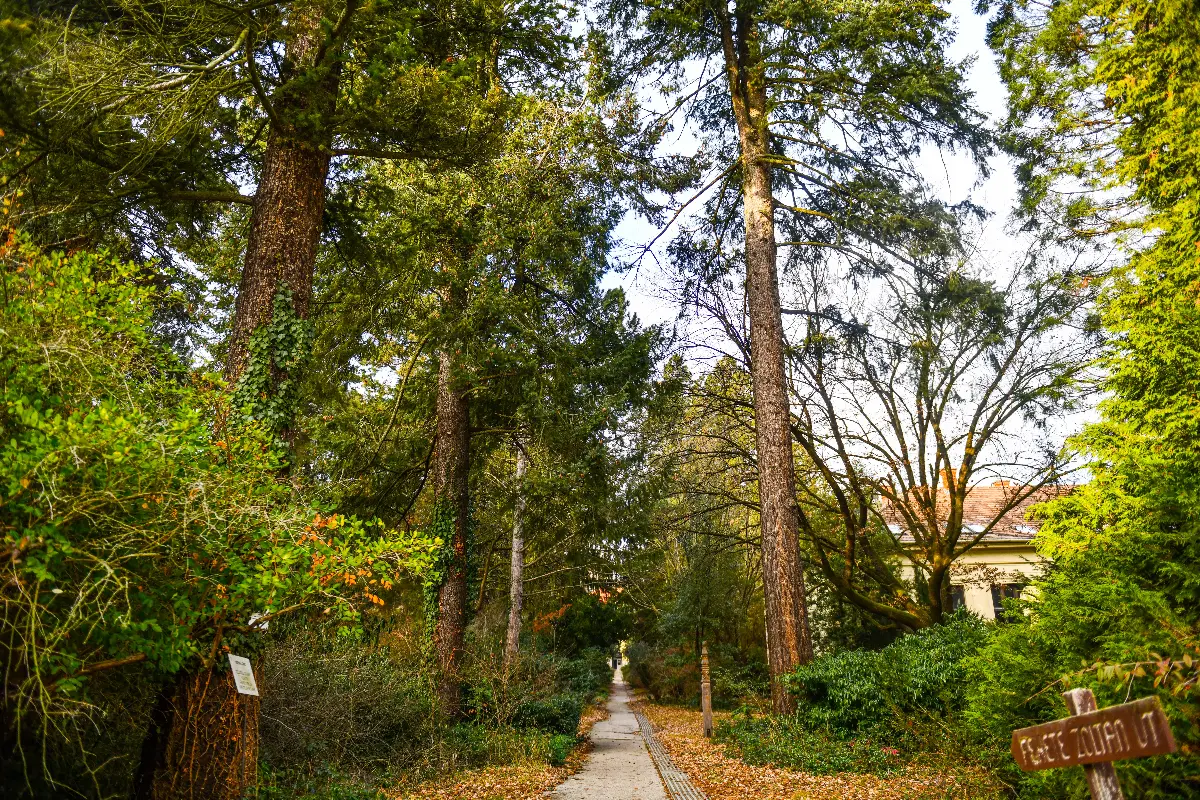
Helyszín címkék:
Let's take a walk in the Botanical Garden of the University of Sopron!
Käesz Judit
First, a brief history, explaining why we see all this here today. The predecessor of the University of Sopron Founded by III. Charles in 1735, like the School for Mining Officers, was elevated to academic status by Maria Theresa in 1770. In 1897-98, the “Honvéd Főreáliskola” (Military Secondary School; predecessor of grammar school to 1934 in Hungary) was built on the site of the botanical garden, with a swimming pool. The initial 10.5 acres area used to be fields, orchards, and vegetable gardens. When the military school was built, these were planted with trees modelled on those of the castle parks of the time – the wild chestnuts, older lindens, oaks, old beech trees, black pines and Douglas fir, sycamores and Bhutan pines of the present garden were planted. The College of Mining and Forestry, founded in 1837, operated in Selmecbánya until 1918, but after the occupation of Selmecbánya by Czech troops, it was relocated to Sopron. In September 1922, the botanical garden was started, based on the plans of Dr Dániel Fehér and under his direction. He carried out the new plantings according to the taxonomy of the Viennese professor Wettstein, based on plant systematics.
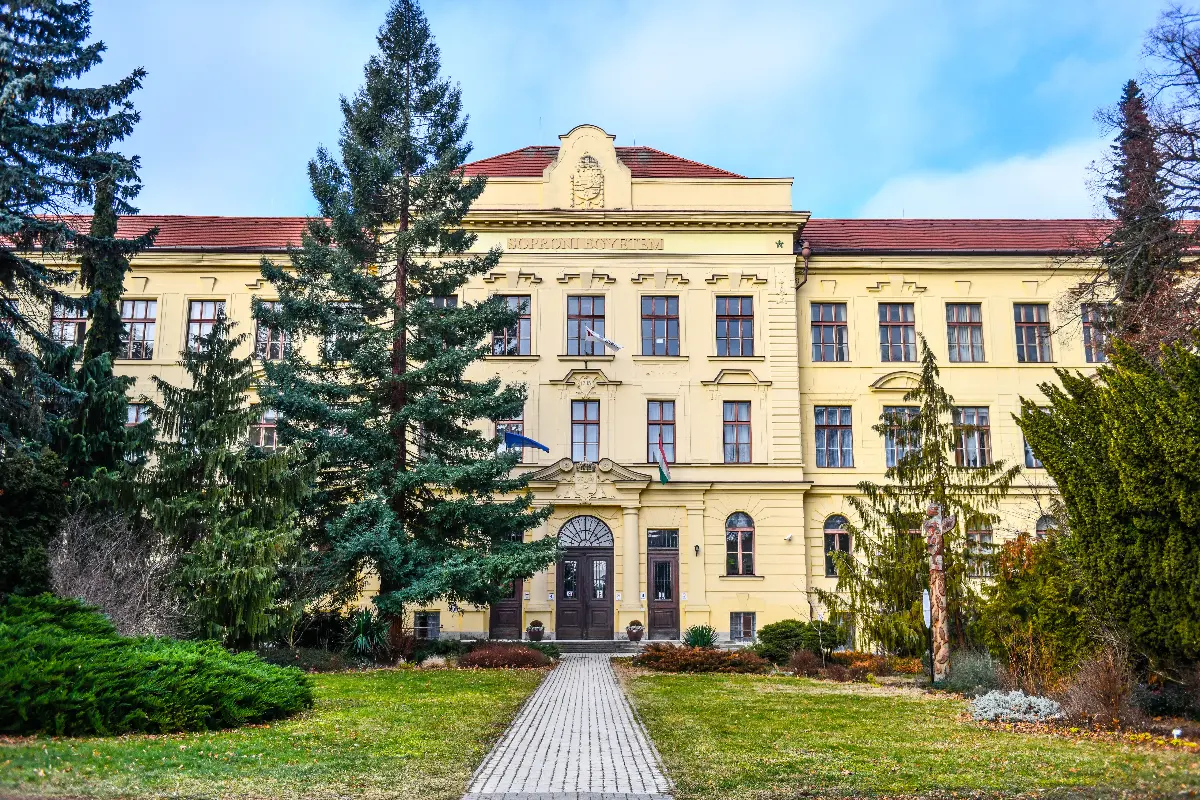
Thanks to Sopron's very favourable microclimate, many rare botanical species thrive here, consequently, the garden has a rich birdlife. The garden also features several statues and monuments commemorating those who have done the most for Hungarian mining, metallurgy, and forestry education. But you can also see symbolic works such as the Wounded Deer or the Spirit of the Forest. The Ligneum Visitor Centre, an impressive glass-walled building that won the Construction Excellence Award, opened in 2012 in the middle of the Botanic Garden.
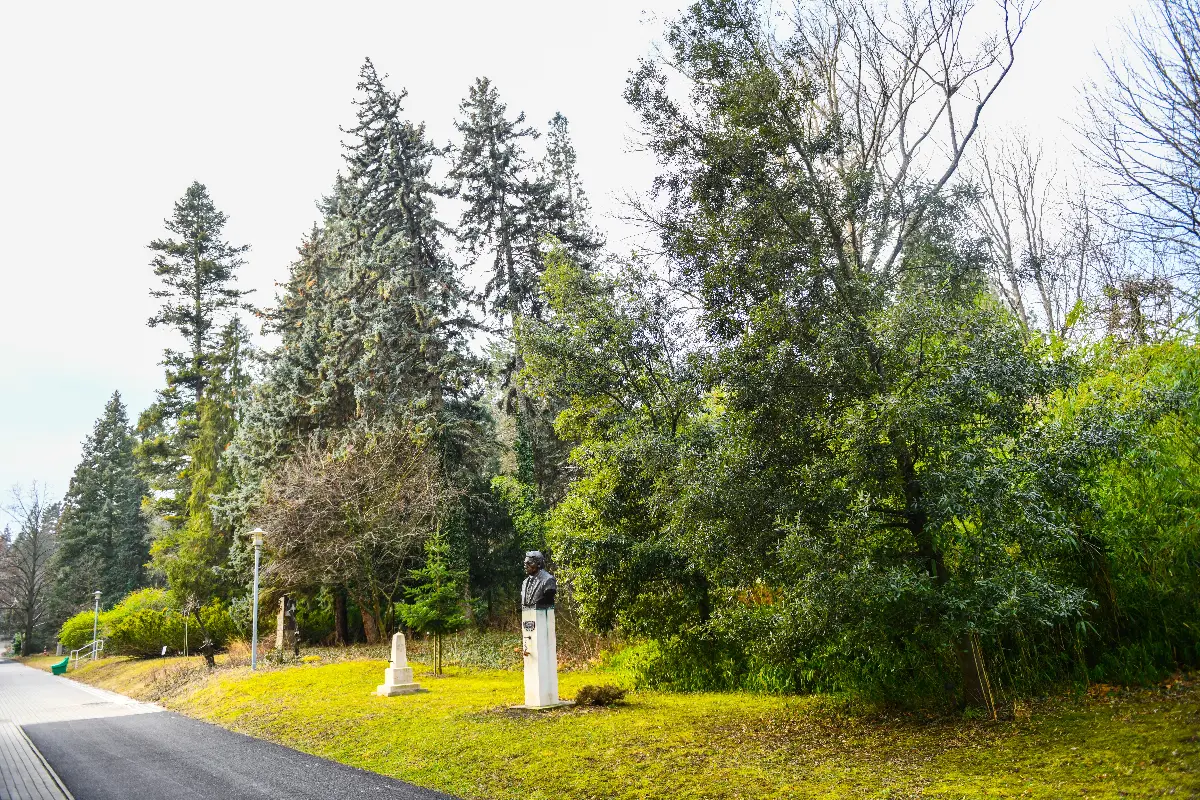
In addition to the interactive presentation of the components of the forest and the ecological and management processes taking place in it, the scientific-touristic complex deals with the special properties of wood, its versatile uses, and its application as a renewable energy source. The Botanic Garden's greenhouse was renovated in September 2021, and visitors can now explore plants on the 3.5 km of walking paths, with many new additions to the American, Asian, greenhouse and Mediterranean plant collections. In the Botanic Garden, you can walk along a 16-station educational trail to experience even more.
